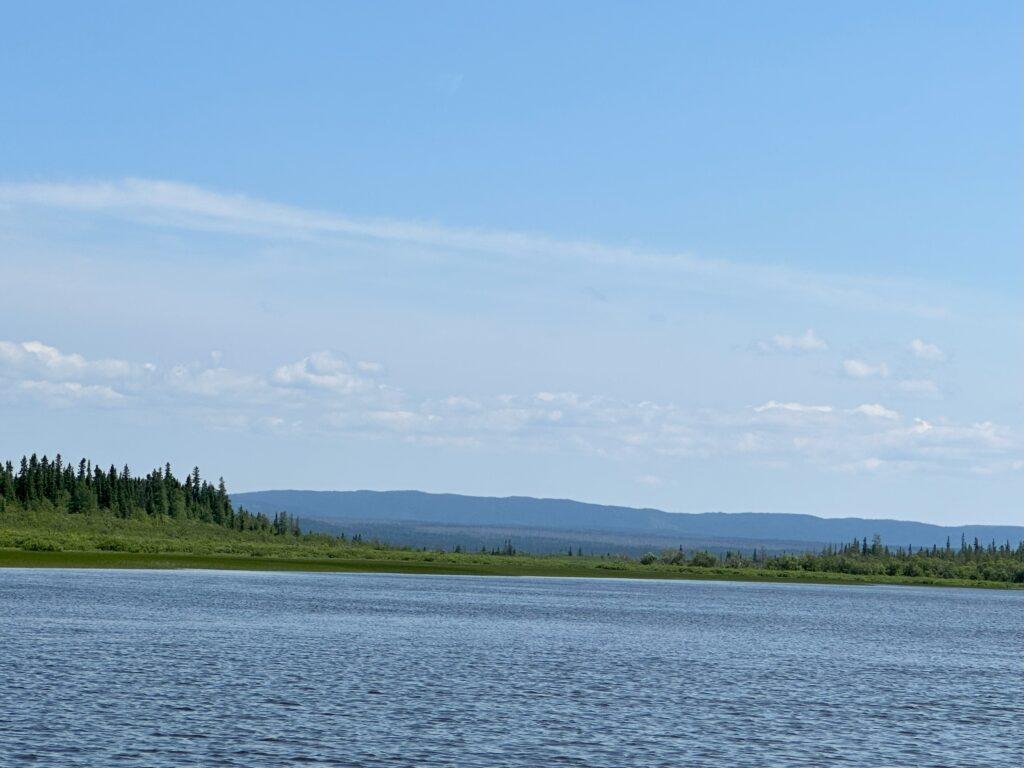GrandriverKeeper Labrador is keenly interested in climate change as well as changes in terrestrial areas and waterways especially in the Arctic given our proximity. With the visible changes in climate in recent years, we feel these changes could have cumulative negative impacts along with the current destruction created by the dams on the Grand (Churchill) River and the downstream areas. This article points out the rate of change in the snow, permafrost and the ice sheet in the arctic during different time periods and introduces a model to predict future changes.
Arctic Amplification: Can the Past Constrain the Future
Authors: Gifford H. Miller a, Richard B. Alley b, Julie Brigham-Grette c, Joan J. Fitzpatrick d, Leonid Polyak e, Mark C. Serreze f, James W.C. White
Click HERE to read the full article on Science Direct website, the world’s premier platform of peer-reviewed literature
_________________________________
Introduction
Arctic amplification, the observation that surface air temperature changes in the Arctic exceed those of the Northern Hemisphere as a whole, is a pervasive feature of climate models, and has recently emerged in observational data relative to the warming trend of the past century. The magnitude of Arctic amplification is an important, but poorly constrained variable necessary to estimate global average temperature change over the next century. Here we evaluate the mechanisms responsible for Arctic amplification on Quaternary timescales, and review evidence from four intervals in the past 3 Ma for which sufficient paleoclimate data and model simulations are available to estimate the magnitude of Arctic amplification under climate states both warmer and colder than present.
The Arctic is influenced by a suite of positive feedbacks that amplify the surface air temperature response to climate forcing (Serreze and Francis, 2006, Serreze et al., 2007). The strongest feedbacks are associated with changes in sea ice and snow cover (fast) and terrestrial ice sheets (slow), but changes in sea level, plant ecotonal boundaries and permafrost may also produce positive feedbacks. While changes in atmospheric circulation, cloud cover and other factors may act as negative feedbacks, positive feedbacks appear to dominate. Hence, the concept of Arctic amplification (Manabe and Stouffer, 1980).
Arctic amplification is a near-universal feature of climate model simulations forced by increasing concentrations of atmospheric greenhouse gases (e.g., Holland and Bitz, 2003). Available observations indicate that Arctic amplification, tied strongly to reductions in sea ice extent, has already emerged (Serreze et al., 2009).
Albedo values in the Arctic. a. Advanced Very High Resolution Radiometery (AVHRR)-derived Arctic albedo values in June, 1982–2004 multi-year average, showing the strong contrast between snow and ice covered areas (green through red) and open water or land (blue). (Image courtesy of X. Wang, University of Wisconsin–Madison, CIMSS/NOAA). b. Albedo feedbacks. Albedo is the fraction of incident sunlight that is reflected. Snow, ice, and glaciers have high-albedo. Dark objects such as the open ocean, which absorbs some 93% of the Sun’s energy, have low-albedo (about 0.07), absorbing some 93% of the Sun’s energy. Bare ice has an albedo of 0.5; however, sea ice covered with snow has an albedo of nearly 0.9. (For interpretation of the references to colour in this figure legend, the reader is referred to the web version of this article.)
Large uncertainties remain regarding the magnitude of Arctic amplification that can be expected through the 21st century (Holland and Bitz, 2003).
_____________________________________________
Mega Dams create MEGA DAMAGE! Are you concerned about the Grand River and the impacts of hydro development? Follow our blog and stay tuned to the latest reports and studies on the subject! GrandRiverKeeper Labrador Inc. monitors what’s happening and will keep you posted on topics of interest. Follow this link: https://blog.grandriverkeeperlabrador.ca/
Our goal is to preserve and protect the water quality and the ecological integrity of the Grand (Churchill) River and its estuaries for present and future users and for posterity through actions of public awareness, monitoring, research, networking, intervention and habitat restoration. As such one of our key objectives is to bring awareness both locally and globally of the cumulative impacts associated with megadams that we become aware of through our research.
Views: 8
